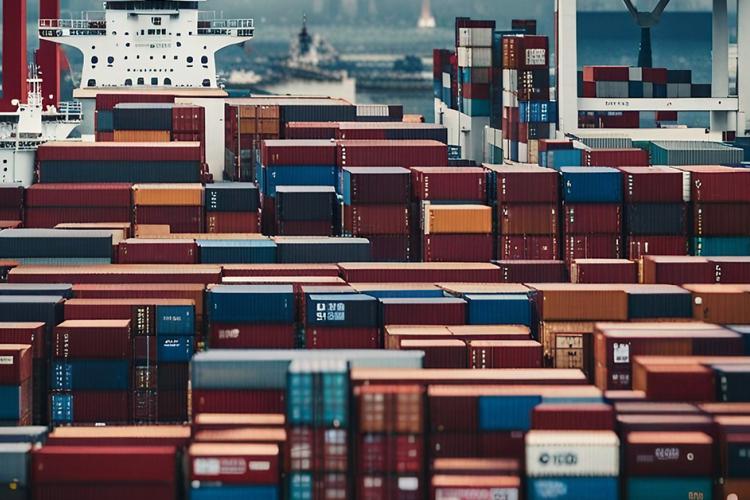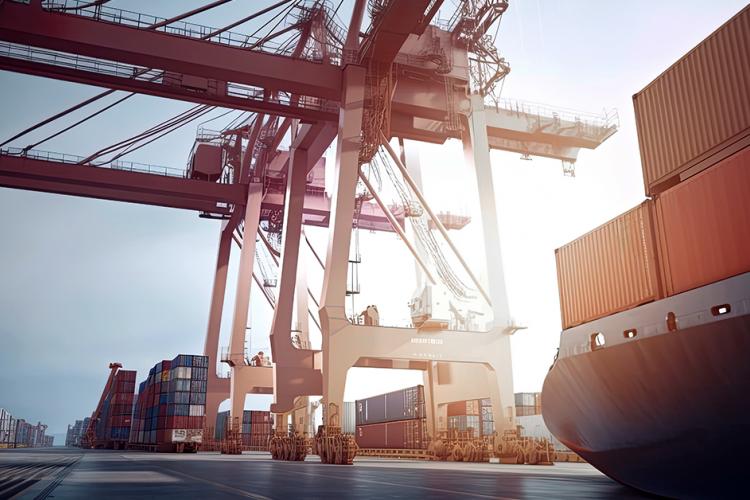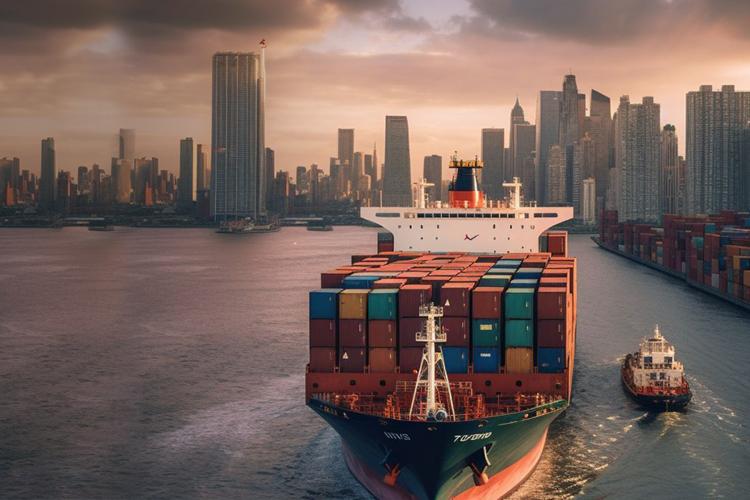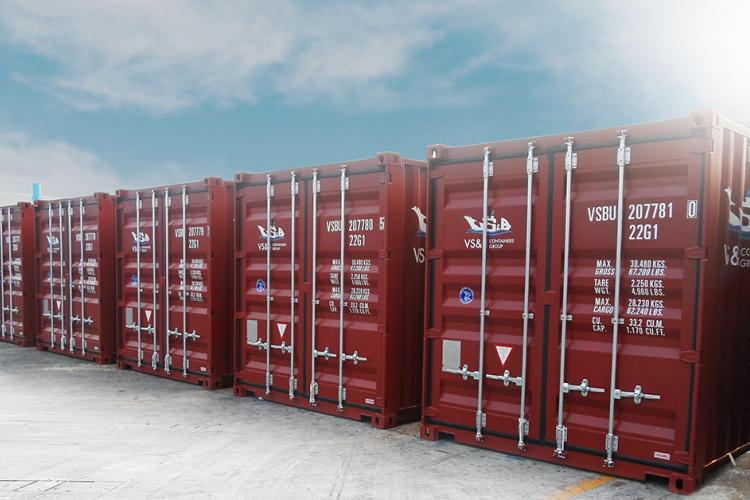"Step into the future of global trade and shipping with the revolutionary impact of 3D printing shaking up industries worldwide!". Our blog THE DISRUPTIVE INFLUENCE OF 3D PRINTING ON GLOBAL TRADE AND SHIPPING explains.
26 June 2023
Let's dive into the world of containerization and discover how it revolutionizes packaging, slashing waste and boosting sustainability. Our blog, LEVERAGING CONTAINERIZATION TO REDUCE PACKAGING WASTE: A SUSTAINABLE SOLUTION explains.
21 June 2023
How can you manage the transportation of temperature-sensitive goods in a controlled environment to ensure their quality and integrity? Our blog, COLD CHAIN LOGISTICS: ENSURING FRESHNESS AND QUALITY FOR TEMPERATURE-SENSITIVE GOODS explains.
2 February 2023
You might have seen some alpha-numeric sequences on containers. Ever wondered what they mean? These sequence markings are known as Container Markings. They are important for the monitoring and general safety of a container. Let’s have a look at each of these container markings individually to get an idea of what they mean and why it is needed.
7 December 2020
International shipping containers serve as crucial components of global trade, operating within a network of vessels navigating international waters. However, beyond their primary purpose, these containers offer immense potential for domestic use, serving as cost-effective solutions for various logistical challenges. International shipping containers can be considered as an extension of a ship which is expected to sail on international waters again within a specified time (usually 6 months). In India, if containers are intended for use within the country, they must be domesticated by paying import duty.






